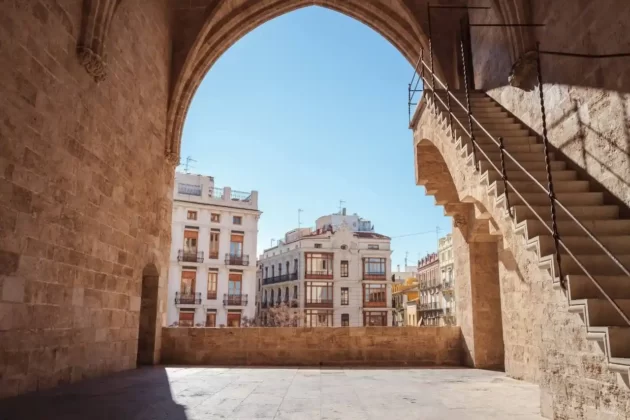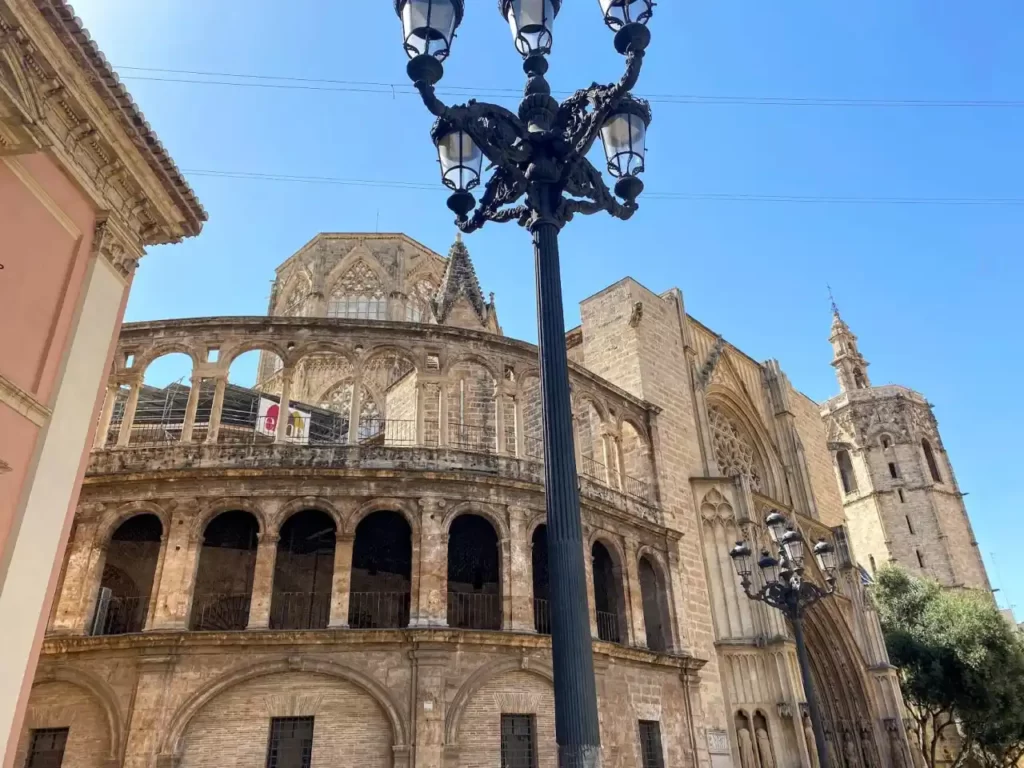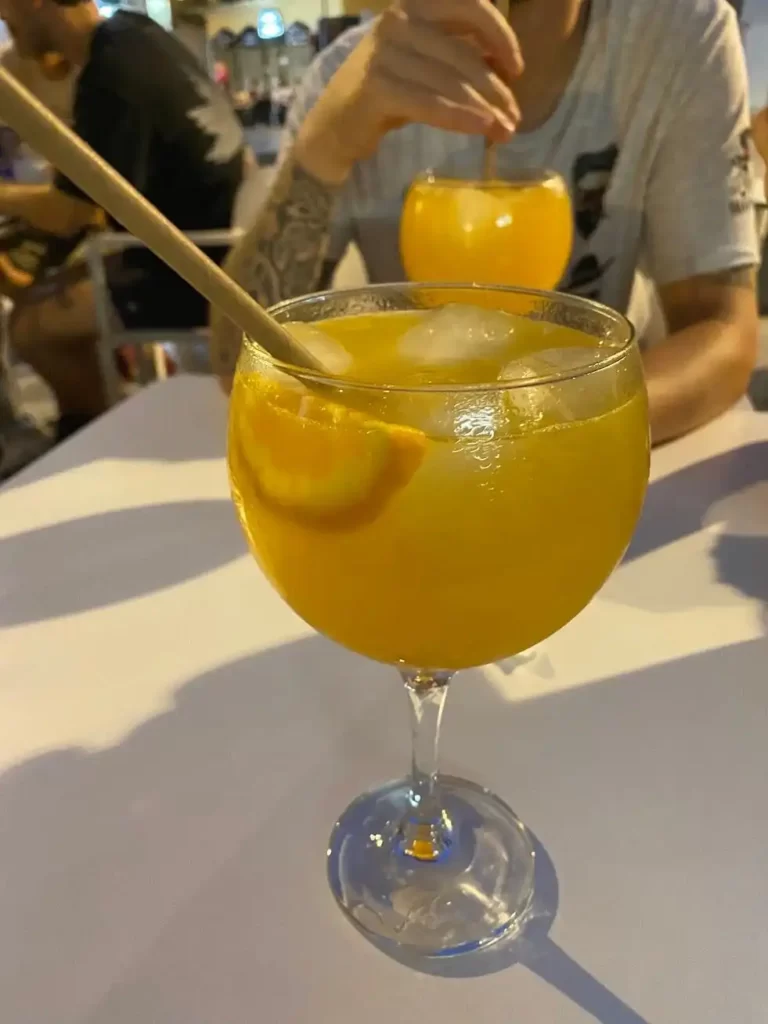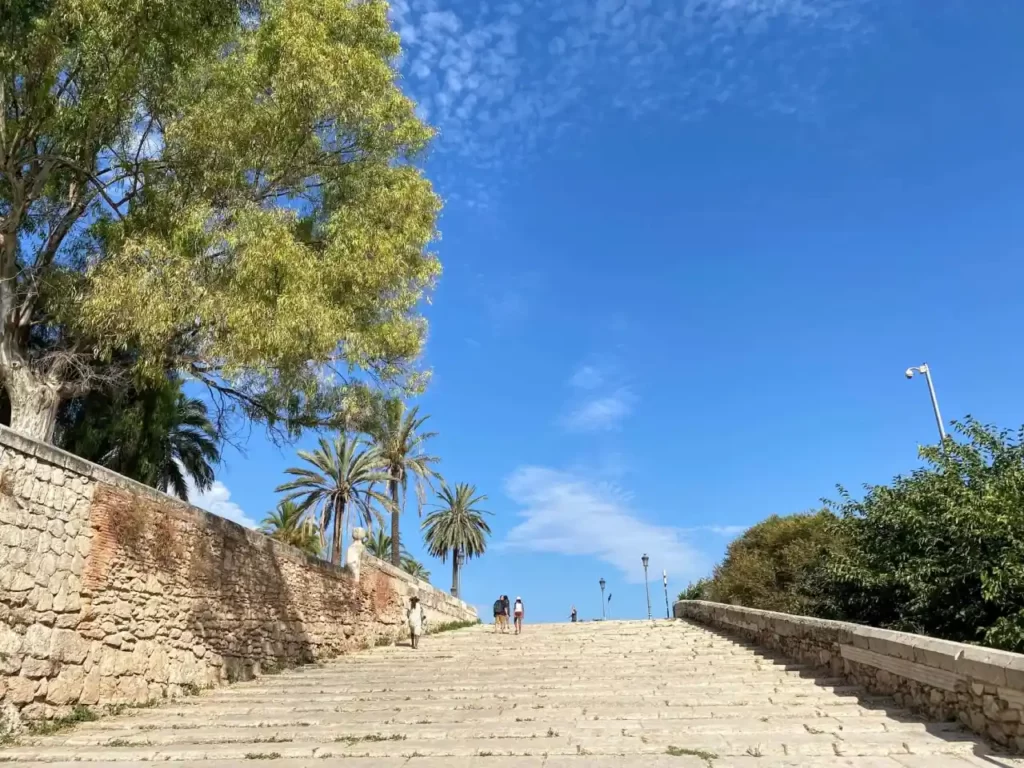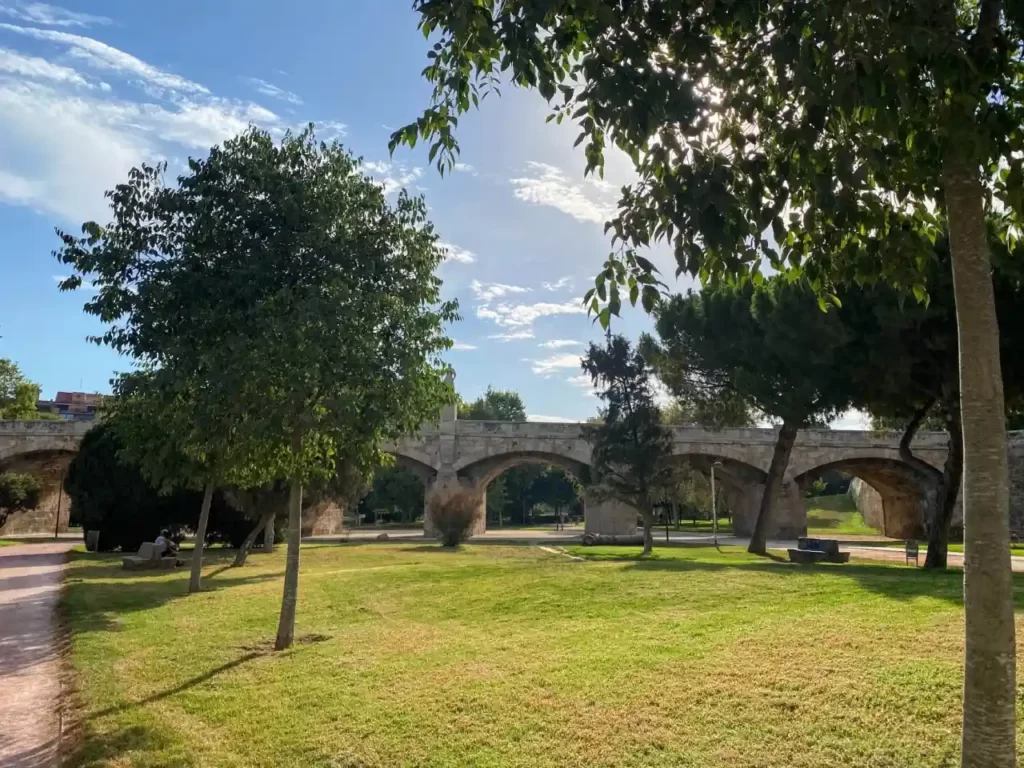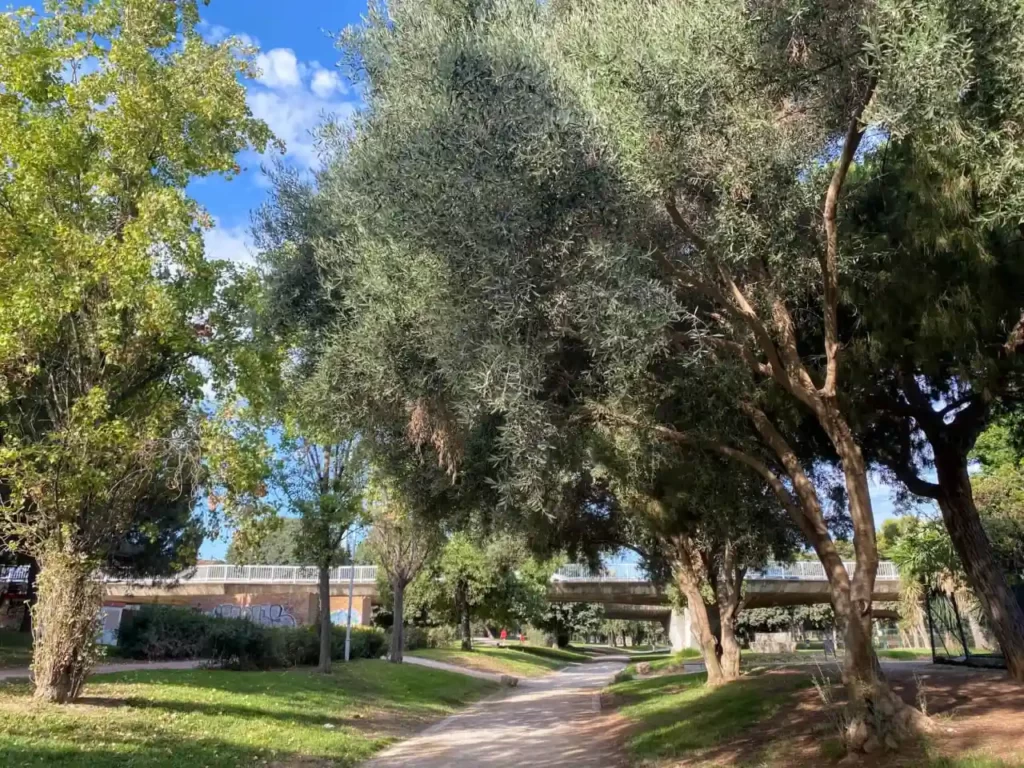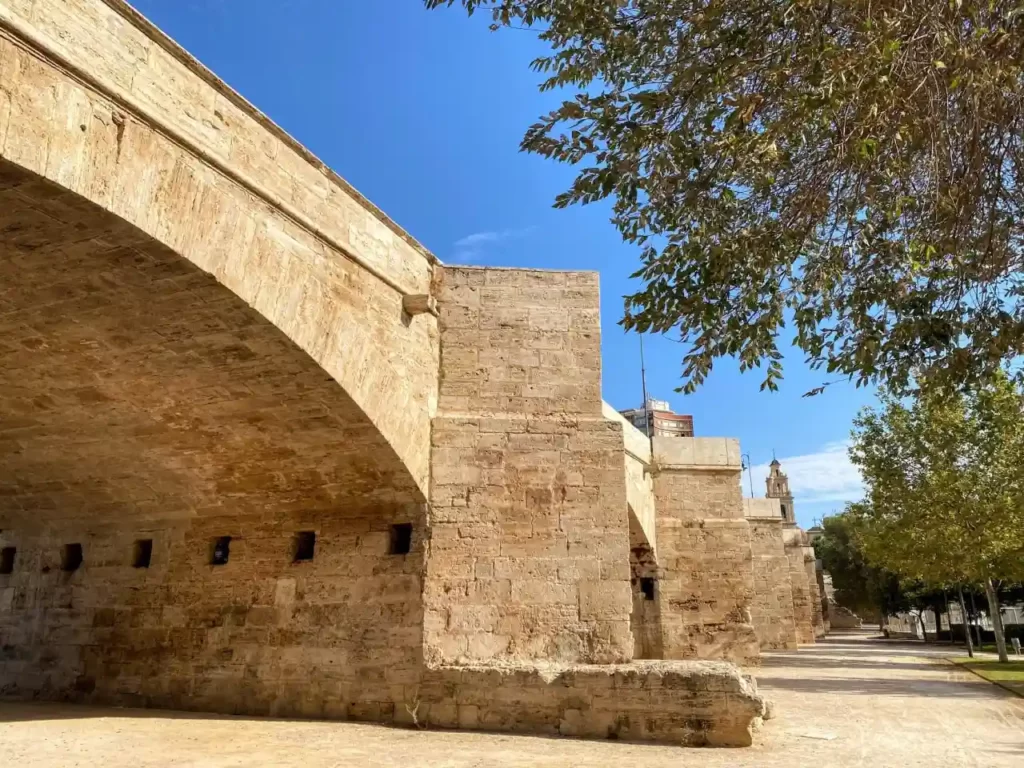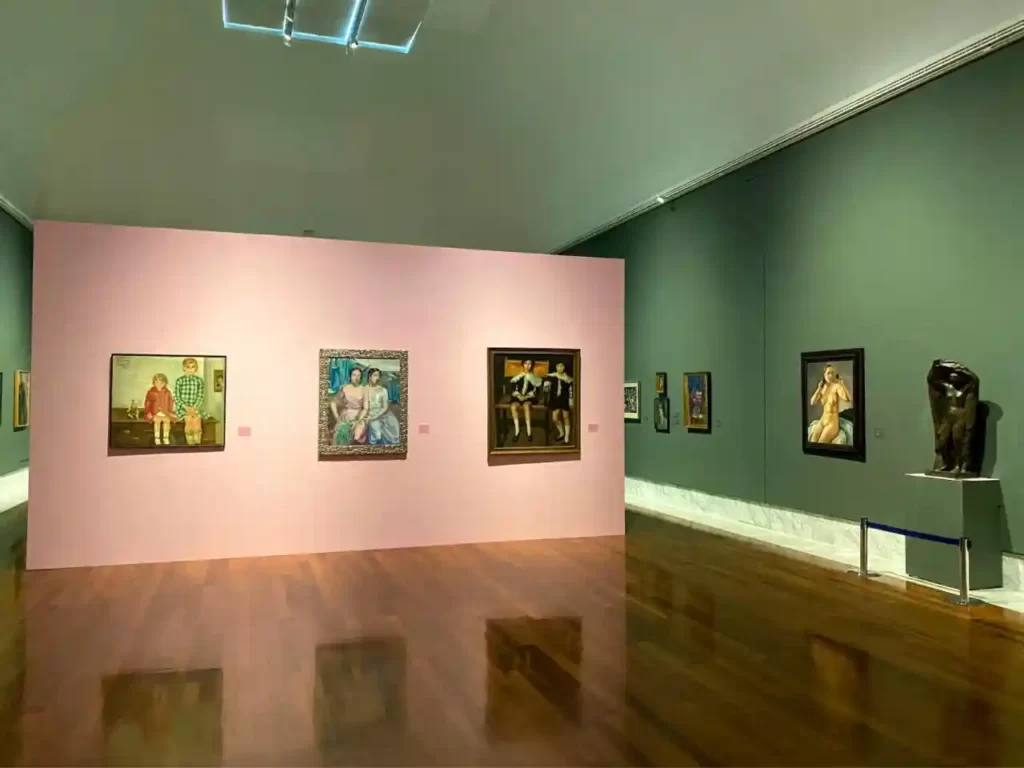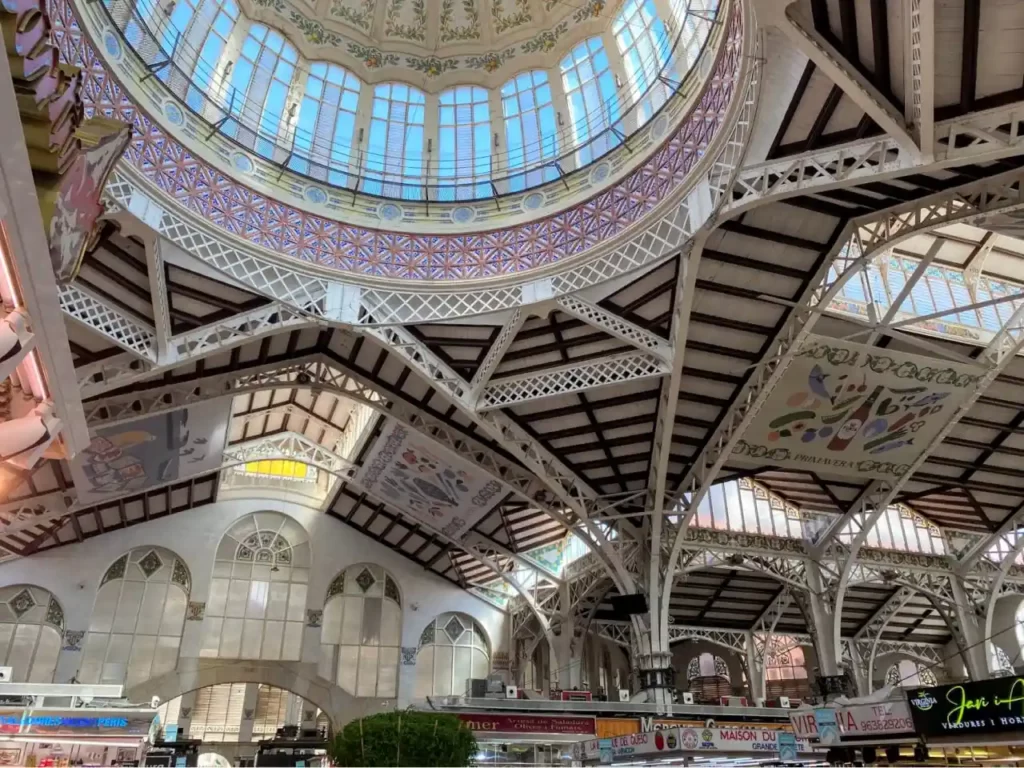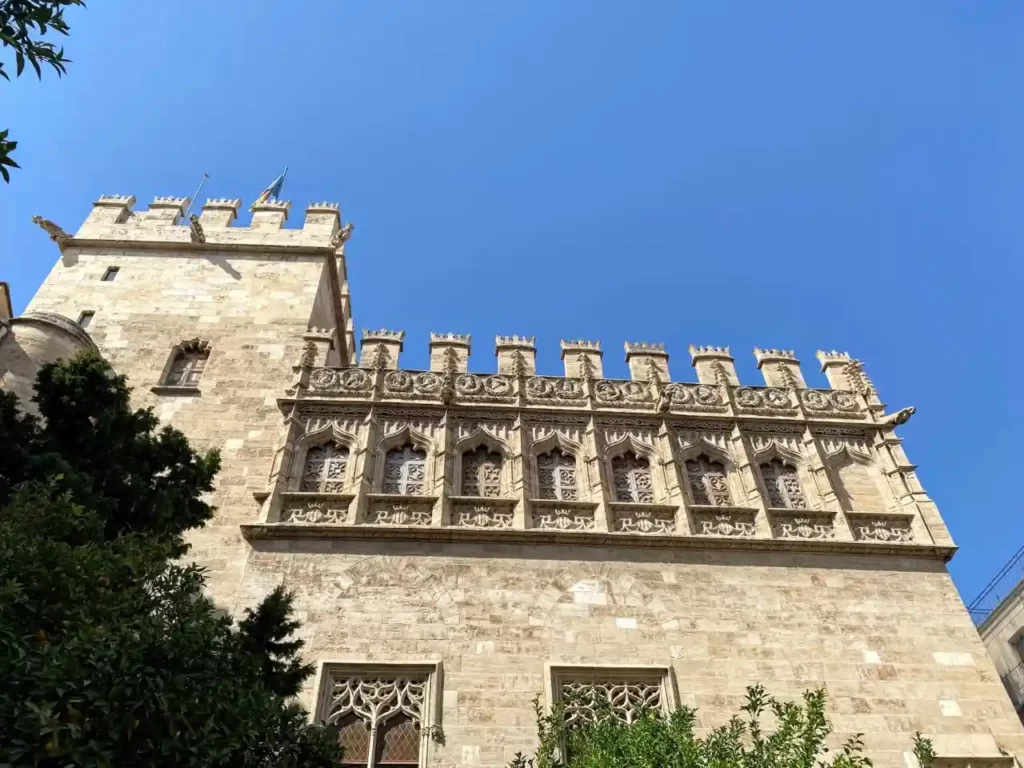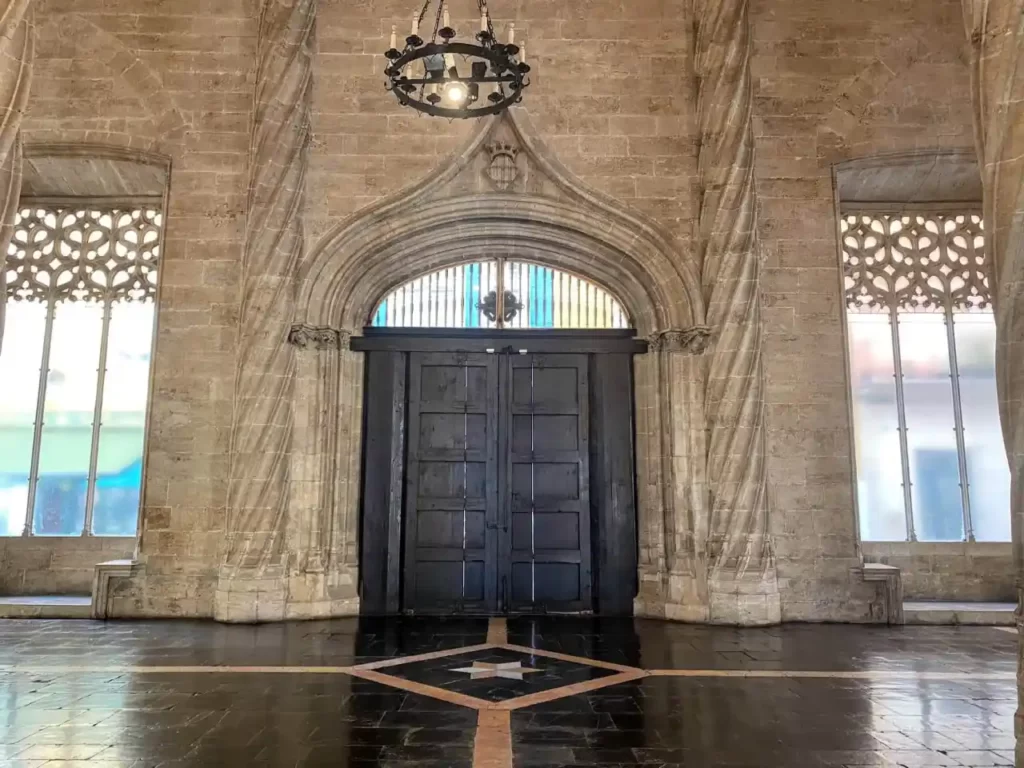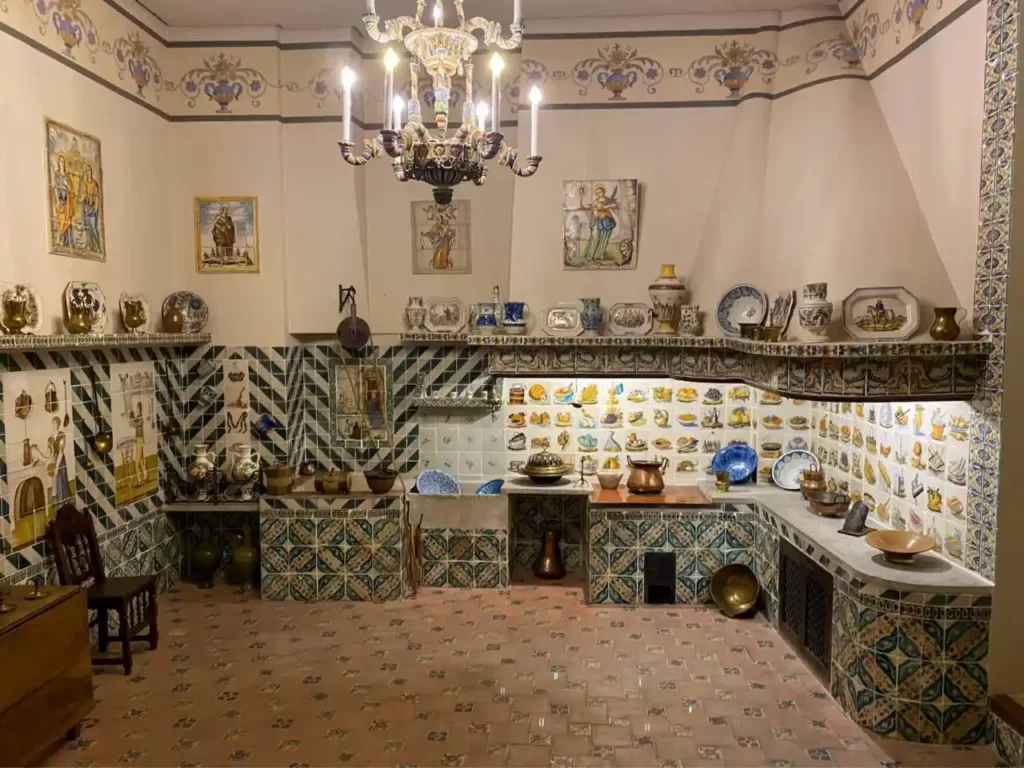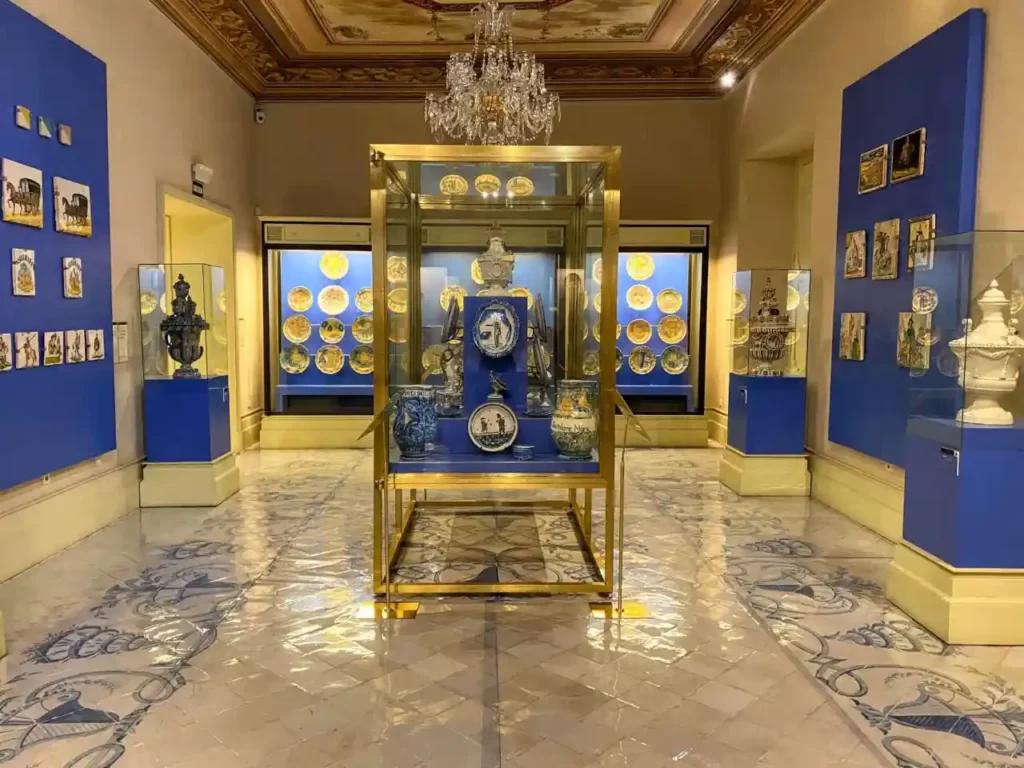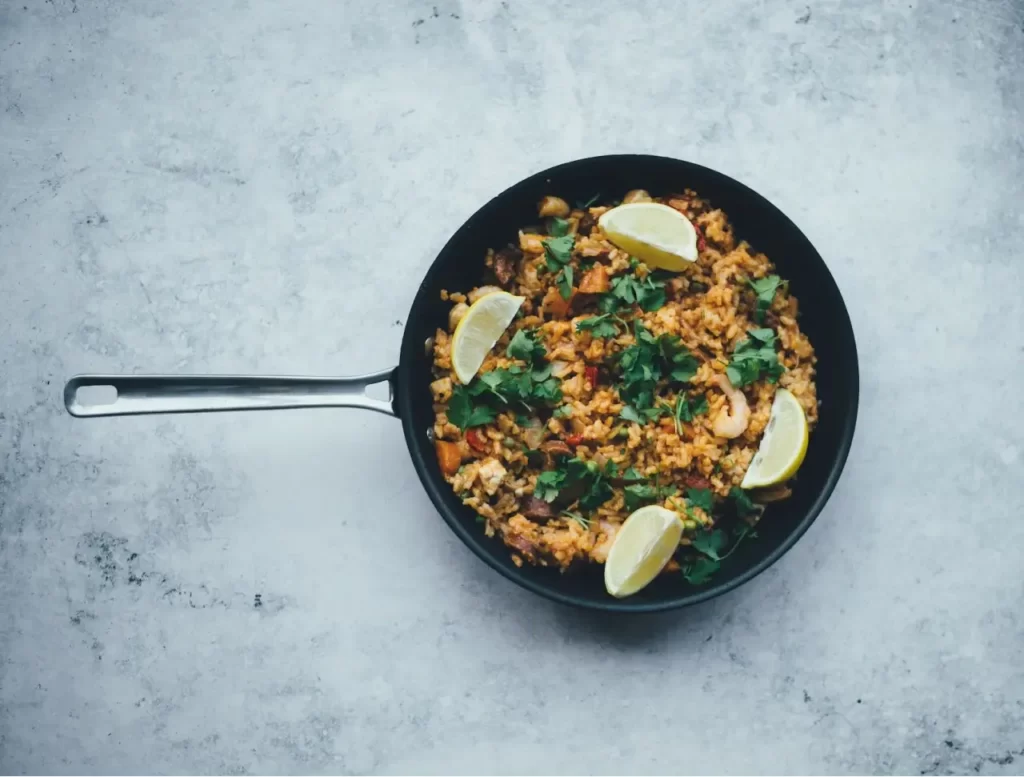One of the oldest cities in Spain, Valencia, is filled with art, beautiful architecture and cultural sites. It’s the third-largest city in the country and still one of the biggest ports in Europe. Although a large city, Valencia has a charm of a small town. Being home to so many exciting sites, here are 10 things to do in Valencia for cultural tourists.
10 Things to do in Valencia for cultural tourists
This post contains some affiliate links. Read our Privacy Policy for more info.
I have spent a week in Valencia and had enough time to see some of the Valencia’s highlights. But also to experience everyday life in that lovely place.
Valencia has a long history. It was founded by the Romans as their colony in 138 BC and was under Islamic rule between the 8th and 13th centuries. That could still be felt in some of the architecture in the city centre. But also in decorative ornamentation on its sidewalks and buildings.
In 1238, the Aragonese army captured the city, so it became the capital of the Kingdom of Valencia. That was followed by economic and cultural growth. At the end of the 15th century, Valencia was one of the largest cities in Europe and one of the most important trade ports in the Mediterranean. In the 18th century, it became one of the major silk manufacturing centres in the world.
Its historical centre is one of the largest in Spain, witnessing Valencia’s importance in the past. It has two official languages today, Valencian and Spanish. It’s famous as a hometown of paella valenciana, one of the most recognisable Spanish dishes. The town is also well known for the orxata, a popular drink in Valencia.
If you’re wondering about the things to do in Valencia, keep on reading for some of the sites in that town any cultural tourist should visit.
⤷ TIP: If you’d like to learn more about the history of Valencia, join this tour during your visit.
1 – Visit Valencia Cathedral
With its construction starting in the 13th century, the Valencia Cathedral is an excellent example of the Valencian Gothic style. However, rebuilt over a longer time, it also has some Romanesque, Renaissance, Baroque and Neoclassical architectural elements. The church is known worldwide as a place where the real Holy Grail is supposedly kept.
⤷ Read more: 20 Most iconic churches in Europe
2 – Explore the gates of Valencia: Torres de Serranos & Porta de Quart
Historical Valencia used to have twelve city gates at the defensive wall built during the 14th century. Torres de Serranos was the main entrance to the city. After a great fire broke out in one of the main city prisons, the towers were used as a jail for the noblemen between the 16th and 19th centuries. Today, the Torres de Serranos is open to the public. Porta de Quart was built during the 15th century, and its style is military Gothic. The tower was also used as a prison for female prisoners.
3 – Try Agua de Valencia
If you want to try a local drink in this lovely town, try Agua de Valencia. It’s an alcoholic drink, a cocktail made with delicious Valencian oranges. It’s pretty popular, so you’ll find it in numerous bars around the town. I liked it so much that I found a recipe online and prepare it now at home, as well.
⤷ Read more: Salvador Dali locations around Barcelona
4 – Stroll through Turia Gardens
With its length of nine kilometres, the Turia Gardens is one of the largest parks in Valencia. It’s located in a former Turia riverbed. After the devastating flood in 1957 that left massive damage to the property and took the life of at least 81 people, the city government decided to reroute the Turia River. The former riverbed became a vast green area popular among the locals and tourists. It’s perfect for strolling around, and I especially loved to chill there during the hot summer days.
5 – Explore the Museum of Fine Arts of Valencia
Founded in 1913, the Museum of Fine Arts of Valencia is Spain’s second-largest art gallery. Most of its artworks were made between the 14th and 17th centuries. It has a fantastic Medieval collection and a huge number of Renaissance artworks. It’s also home to some masterpieces made during the Spanish Golden Age. You’ll find there work of painters such as Diego Velazquez, El Greco, Goya and many more. The museum has a free entrance, so you can visit this great place a few times during your stay in Valencia.
⤷ Read more: Museu Nacional d’Art de Catalunya highlights
6 – Try local food at Mercado Central, Valencia
Mercado Central was one of my favourite places in Valencia, and I visited it almost every day during my stay. It’s one of the largest food markets in Spain and a place where you’ll find some great local produce. I also used it as a lunch spot. You can buy food like gazpacho, empanadas, and paella at the market. And then decide if you’d like to bring it home or eat it at some of the tables at the market.
Built between 1914 and 1928, Mercado Central is also one of Valencia’s most interesting architectural masterpieces. Built in the Art Nouveau style, you’ll find such an interesting decorative ornamentation on its interior and exterior. So, definitely put this fantastic place on your list of things to do in Valencia.
7 – Learn about local history at Lonja de la Seda
Lonja de la Seda is one of the most beautiful buildings in Valencia, built in the Valencian Gothic style. Its name could be translated as the Silk Exchange. It was a place where merchants could meet and sell their goods. However, it was also home to one of the first marine merchant tribunals in Spain.
The building is a unique example of secular Valencian Gothic architecture. Its main hall, The Contract Hall (Sala de Contratacion), is the most fascinating. With its elegant twisted columns, it witnesses about the importance this town had during the 15th century.
⤷ TIP: Get your Lonja de la Seda entrance ticket on this link.
8 – Explore the National Museum of Ceramics and Decorative Arts ‘González Martí’
The National Museum of Ceramics and Decorative Arts ‘González Martí’ is a hidden gem in Valencia. With its beautiful decorated facade, it’s worth visiting only for its fantastic architecture. Inside, you’ll find numerous ceramic and porcelain artefacts. Valencia had a strong ceramics production, so it’s interesting to see some of its remains in that museum. You can also follow the city’s history through the ceramics in the museum – from the Roman amphoras to the Islamic ceramics and numerous beautiful tiles, you’ll find them all at the National Museum of Ceramics and Decorative Arts ‘González Martí’.
9 – Try paella valenciana
According to some beliefs, one of the most famous Spanish dishes, paella, comes from Valencia. So, trying a local version of paella should definitely find its place on your list of things to do in Valencia. The original paella valenciana is made of chicken, rabbit, rice, green beans and spices like sweet paprika and saffron.
You’ll find it at many restaurants in Valencia. Still, some of my favourites were at the Mercado Central (check my things to do in Valencia tip under number 6).
⤷ Read more: Cultural tourism explained – How to be a cultural tourist
10 – Wander around the City of Arts and Sciences
Built between 1996 and 2009, the City of Arts and Sciences is one of the most popular sites in Valencia. It’s a modern architectural wonder which consists of a few buildings. The oldest site is the L’Hemisfèric, where the planetarium and cinema are located. The museum of science Museo de las Ciencias Príncipe Felipe is one of the most exciting sites there. Other sites include an oceanographic aquarium, botanical garden, opera house and many more cultural sites worth exploring.
⤷ TIP: All of these sites are quite big, so plan in advance which ones you’d like to visit. Also, book your entrance tickets in advance because the queueing could be pretty long. You can check the tickets and their prices on this link.
Valencia is filled with history, beautiful buildings, cultural sites and foodie spots. This guide with the 10 best things to do in Valencia for cultural tourists will help you not to miss any.
Cover photo by Jonny James on Unsplash

